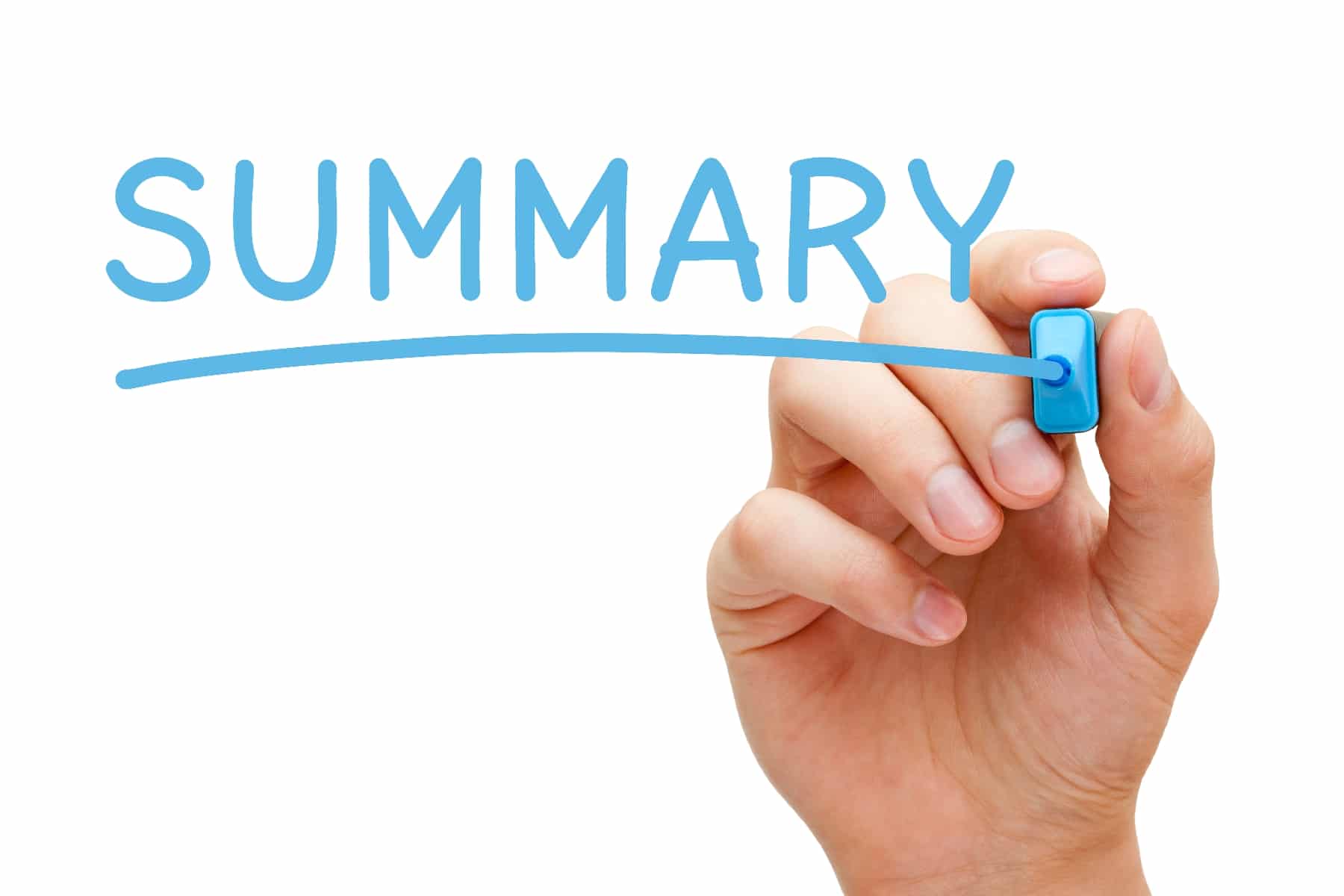
Expert Strategies for Writing Your Press Release Summary
While every component of your press release is an important one, there are two elements that must be strong and well-written in order to achieve your press release marketing goals. These two parts of your press release are your headline and your press release summary.
What is the Press Release Summary?
The press release summary is the sentence or two that’s positioned directly under the headline. It often looks like a subheadline. It comes before the first paragraph of the actual release. The summary is important because along with the headline, it’s often the only thing that a potential reader or media representative is going to see.
If it doesn’t grab their attention then they may not click on the link to read more. Additionally, it’s often what is included in the newswires, so it must convey your complete message in one or two short sentences. The summary essentially summarizes the material in your press release.
An Example of a Press Release Summary
The following press release was published on iNewswire on Jan 21st. It had the following headline and summary.
Headline – Free Online Respite Care Training Offered
Summary – In an effort to make finding qualified in-home respite care providers in Wisconsin easier, the Lifespan Respite Care Program has created an online training course and database.
As you can see, the summary succinctly states what the press release is about. The key is to make sure that the information is both accurate and compelling. The following tips will help you write an attention grabbing summary.
1. Make sure you have your company name in the headline and/or the summary to make sure the press release is associated with your organization.
2. No adjectives allowed. Make sure that your summary is factual and quick to get to the point. Generally speaking, there isn’t a need for descriptive language in a press release, although it may occasionally make sense. It never works for a summary. Your summary should be concise. Give the facts, and only the facts.
3. Write it last. After you’ve written your press release, go back and write the headline and the summary. Your sentences will have better flow and it’s a good way to make sure that your summary is accurate and concise. You can use the body copy of your release to guide you.
4. Read it aloud. Make sure that your summary makes sense when you read it aloud. If not, go back and work on it until it has a good logical flow and feel.
5. Ask one key question. Ask yourself, “Would this summary motivate me to click on it? Would I want to read more?” Answer these two questions honestly. If you wouldn’t click on it, your prospects won’t either.
Your summary is a critical component of your press release. Spend time studying good press release summaries. Take your time writing your summary, the results are worth the effort.











